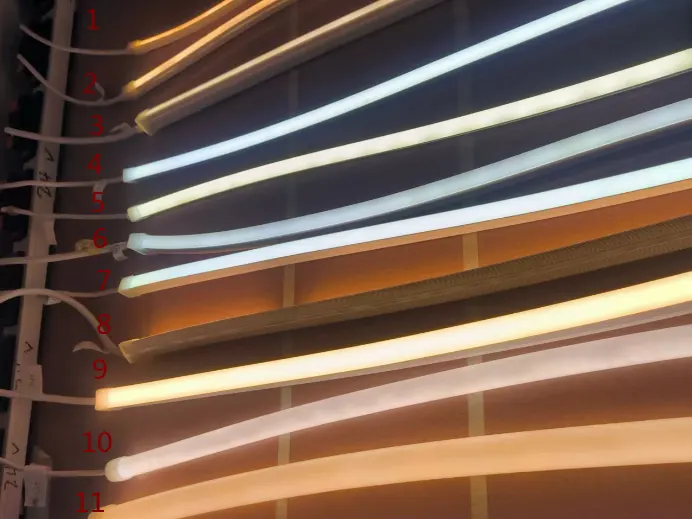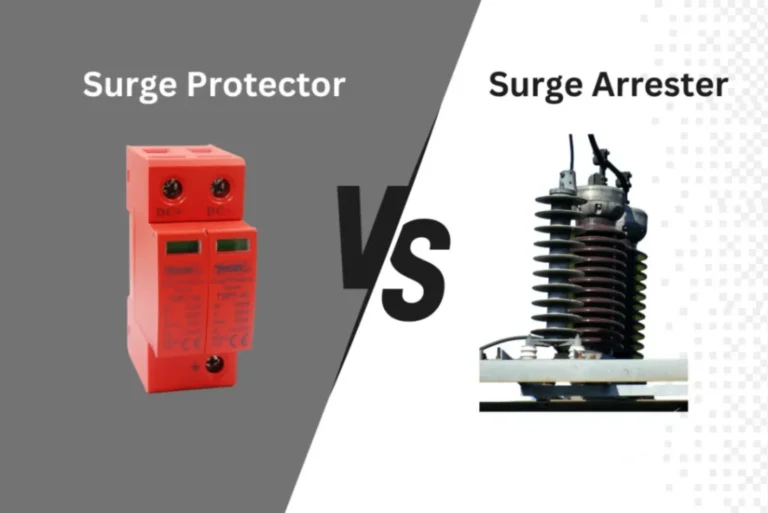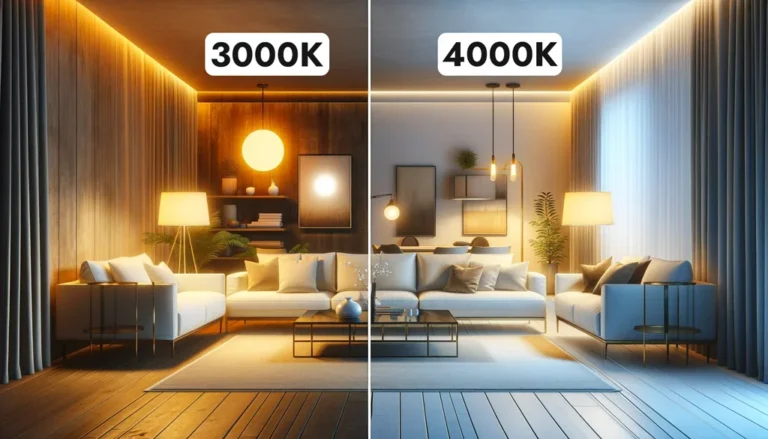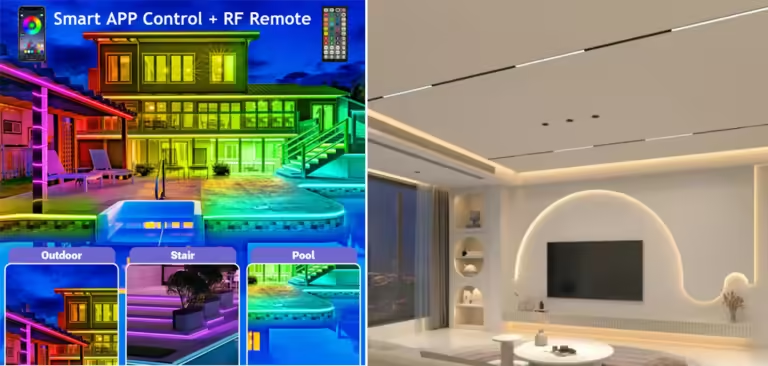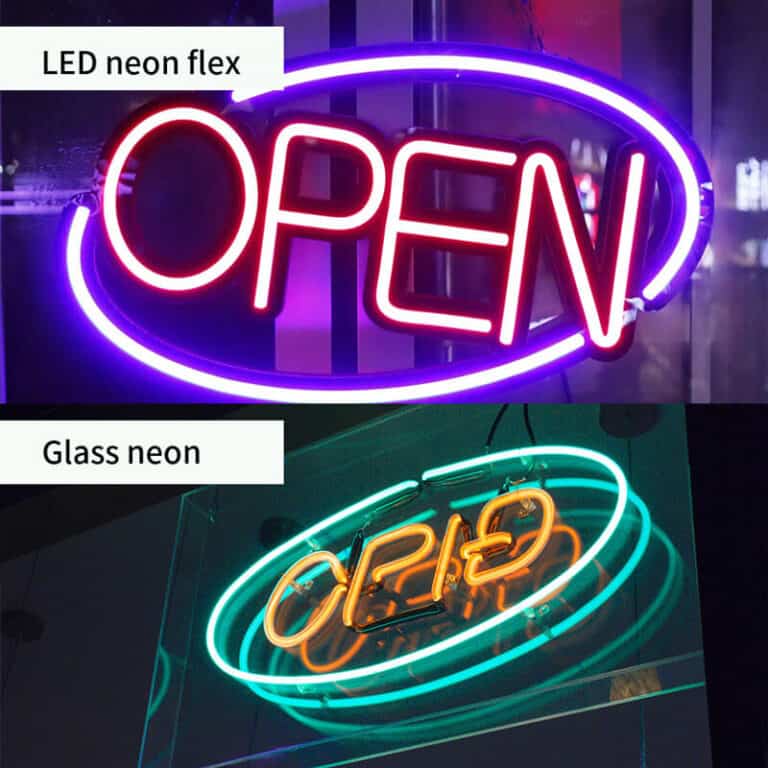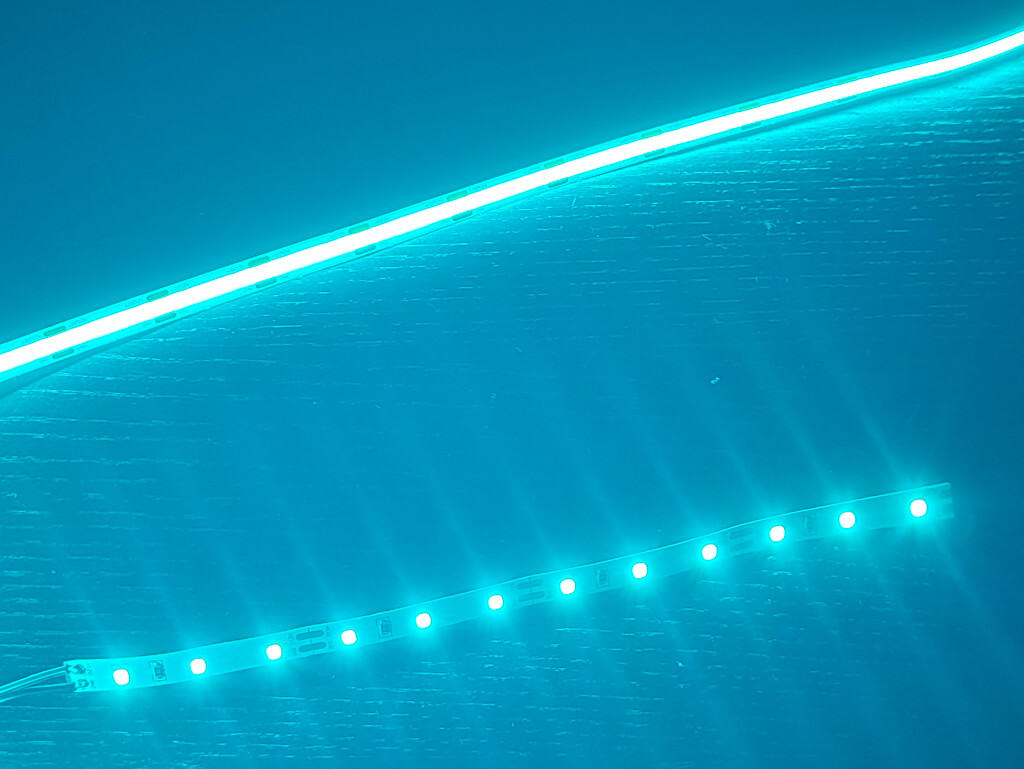
LED strips have grown in popularity as a lighting option for both domestic and industrial uses. They are a great choice for lighting areas of various sizes and functions because they are adaptable and energy-efficient. The introduction of COB LED strips has been one of the most important developments in LED technology in recent years. But do they actually have more brightness than conventional LED strips? This essay will investigate this issue and offer a thorough evaluation of COB LED strips’ brightness.
What is COB LED?
COB, or Chip-on-Board, stands for in this technology, many LED diodes are directly adhered to a substrate to create a single module in a small, dense array. The LEDs in this technique are not mounted on a flexible circuit board like they are in conventional LED strips. Due to their superior luminous efficacy, COB LED strips produce more light per watt of power used. Additionally, COB LEDs have a better color rendering index (CRI), which results in more accurate and vibrant color production.
Luminosity of COB LED strips
The number of diodes per meter, the power consumed by each diode, and the substrate’s quality are some of the variables that affect how brilliant COB LED strips are. Compared to conventional LED strips, which typically have 60 to 120 diodes per meter, COB LED strips often have a higher density of LEDs per meter, ranging from 320 to 728. The COB LED strips appear brighter due to the more focused and uniform light output produced by the higher density of LEDs.
The amount of power used by each diode also affects how brilliant COB LED strips are. In comparison to conventional LED strips, COB LED strips use less energy to produce the same amount of light. A 1-watt COB LED, for instance, can emit as much light as a 3-watt conventional LED. This suggests that COB LED strips may be able to generate brighter light while using less power, resulting in greater energy savings.
Last but not least, the brightness of COB LED strips is greatly influenced by the substrate quality. The superior heat dissipation capabilities of high-quality substrates keep the LEDs from overheating and deteriorating in brightness over time. COB LED strips with subpar substrates may not function as effectively and may experience problems with heat.
COB LED strips’ advantages
Compared to conventional LED strips, COB LED strips have a number of advantages. In addition to being brighter, they also have a higher CRI, which makes them perfect for uses where color fidelity is important. Due to their effective heat dissipation abilities, they also last longer and require less maintenance. COB LED strips can be utilized for a variety of purposes, including lighting for homes, businesses, and industries.
Conclusion
In conclusion, COB LED strips do really outperform conventional LED strips in brightness. They are a preferable lighting option due to their increased diode density, reduced power consumption, and better substrate quality. COB LED strips are a popular option for a variety of lighting applications because they offer additional advantages including a higher CRI and a longer lifespan. COB LED strips are the way to go if you’re searching for a lighting solution that is brighter, more effective, and dependable.
